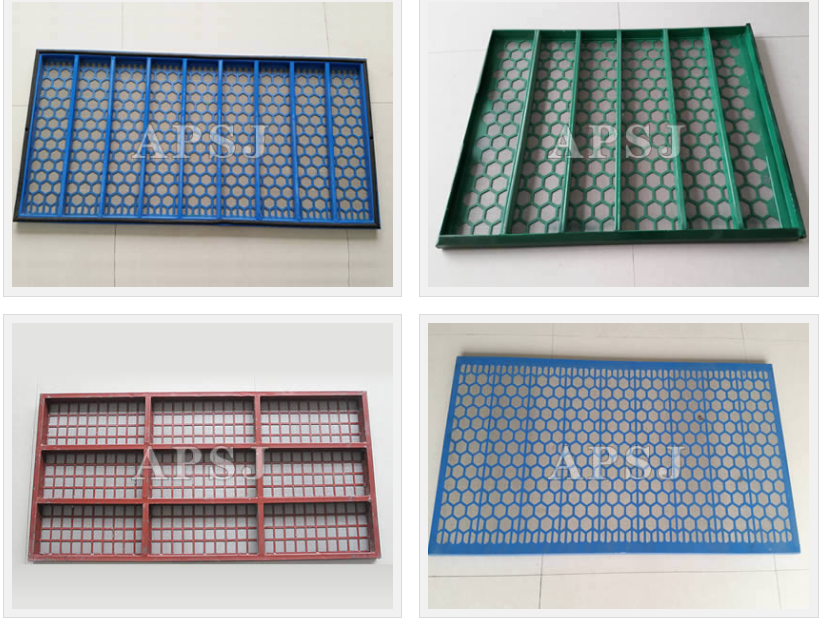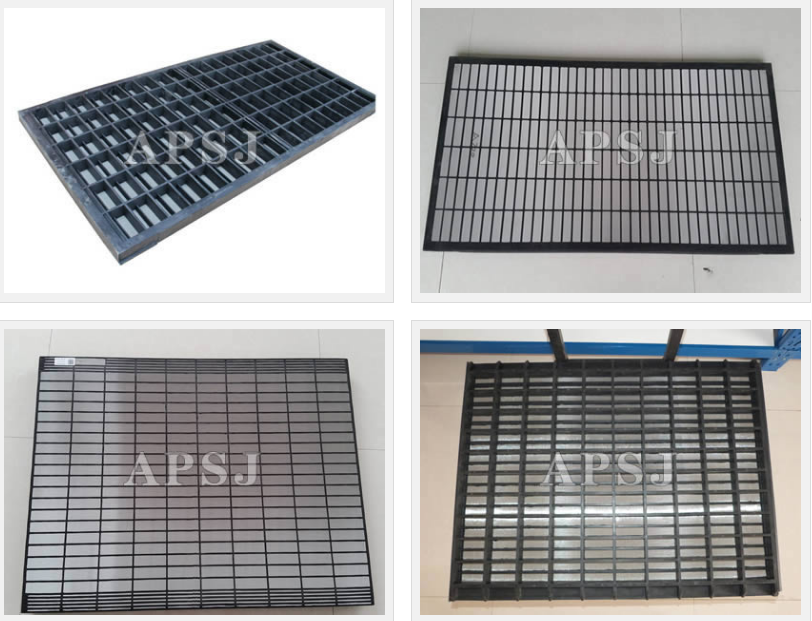Grinding is the smashing operation after the ore is crushed by the crusher. It is often called grinding or grinding. For the processing of non-metallic minerals, there are three kinds of uses for grinding and grading operations :
First, grinding as a preparation for ore dressing;
The second is grinding as a raw material for preparing ultrafine pulverization operations;
The third is the direct processing of fine grinding products.
Today, the Powder Technology Network will share with you , how to choose the grinding process and equipment if you want to directly process fine powder products ?
In the industrial fields of plastics, rubber, paints, paper, ceramics, refractories, adhesives, inks, glass, machinery, electronics, etc., a large number of non-metallic minerals with a fineness of 200-800 mesh d 97 =15-74 μm are required. Powder products. Processing non-metallic mineral fines that meet the requirements of these relevant applications is one of the most important applications for grinding (or milling) process equipment. 
In addition to the special requirements and crystalline mineral surfaces, such as graphite and mica pearlescent muscovite as a substrate, etc., the milling process is generally applied to 150-800 mesh powder products mostly dry pulverization process and classification process. The main equipment is all kinds of dry milling machines, such as Raymond mill, vertical mill, mechanical impact mill, rotary mill, vibration mill, dry ball mill, eddy current mill, hammer mill, roller (pressure) mill and so on.
From the use of grinding media, these devices can be divided into two categories:
First, there is no grinding media mill , including Raymond mill , vertical mill and rotary mill, eddy current mill, hammer mill, roller (pressure) mill, mechanical impact mill, etc.;
The second is a media grinding machine , including a dry ball mill, a vibration mill, a planetary mill, a dry agitator mill, and the like.
Most of the matching grading equipment is an air centrifugal classifier . Generally, a one-stage milling process is used. In addition to the mill and classifier, it also includes a matching cyclone collector, blower, dust collector and feeder. 
â–³ vertical grinding structure diagram
This selection process milling processes and equipment mainly consider the following factors:
The fineness of the product and its grading, the main basis for the development of product fineness and its grading indicators are the quality requirements or standards for powder products in national standards and related application areas;
Product variety and output;
Product purity requirements;
The particle shape of the product;
Energy consumption per unit of product;
Product fineness
Product fineness is the primary consideration for the choice of milling process equipment. If the raw materials are non-metallic minerals below medium hardness, such as talc, marble, kaolinite, bentonite, feldspar, etc., the product fineness requirement is about 104-38μm (150-400 mesh) , and Raymond mill and eddy current mill can be used. , vertical mill, hammer mill, rotary mill, vibration mill, ball mill, roller (pressure) mill, etc. Under normal circumstances, you can not set up an additional air centrifugal classifier.
If the product fineness is below 38μm (400 mesh or more) , in addition to selecting finer grinding equipment, such as Raymond mill, vertical mill, vibration mill, ball mill, rotary mill, etc., also choose air centrifugal The classifier is matched with the mill, otherwise it is difficult to meet the requirements of product fineness and grading. 
â–³Heavy calcium carbonate dry mixing mill crushing + surface modification process
When selecting a classifier, in addition to considering the product fineness, grading efficiency and energy consumption per unit product, it is also matched with the mill in terms of processing capacity and air consumption.
Product variety and output
Product variety and output are the second factor to consider when selecting a milling process equipment. When possible, it is best to use a process to produce (process) lines, which is to compare the optional milling equipment that can achieve the fineness of the product. On the basis of comparison, select a large equipment that can meet the production requirements with a single equipment. . Because the less the production line is, the more convenient the management is . In comparison with many small devices, the energy consumption and production cost per unit of a single large device are lower.
Of course, if a single piece of equipment does not meet the production requirements, two or more mills must be used. In addition, if there are many varieties of products, and you cannot use one piece of equipment to alternately pulverize at the same time, you should consider selecting multiple sets of process equipment.
Product purity
Many non-metallic mineral powder products used in plastics, rubber, paints, adhesives, ceramics, refractories, glass, paper, machinery, electronics and other related fields , such as iron oxide, titanium oxide and other metal oxides and whiteness indicators. There are certain requirements, so the wear and wear of the equipment must be considered when selecting the mill and classifier.
Product particle shape
For some non-metallic minerals, such as graphite, talc, kaolin, wollastonite, etc., maintaining the shape of the flakes or needles helps to improve the application performance and use value. Therefore, when selecting the milling process equipment for these minerals, the particle shape is also considered.
Unit product energy consumption
Energy consumption is also an important factor to consider when selecting process equipment. Energy consumption is an important part of product cost. A good grinding grading equipment and process should have the lowest energy consumption per unit of processing.
In summary, the following indicators should be compared when selecting a grinding and grading equipment:
Crushing medium hardness materials (such as calcite as standard) product fineness;
The hourly output of medium hardness materials is pulverized under certain product fineness conditions;
The energy consumption of processing unit powder products under certain product fineness and hourly output and crushing medium hardness materials;
The wear of the unit product is processed under certain product fineness and hourly output and crushing medium hardness materials. Wear sometimes does not necessarily have quantitative data. When there are special requirements for product purity, specific requirements can be placed on the material of the wearable parts.
In addition, we must also consider the quality control level of the process equipment , investment, environmental protection, floor space and other related factors.
Prime.
Editing and finishing: Powder Technology Network
Brandt Shaker Screen models: Brandt King Cobra Shaker Screen, Brandt VSM300 (Primary, Scalping, Secondary) Shaker screen,Brandt BLT-50/LCM-20 shaker screen, Brandt 4'X5' Shaker Screen, Brandt Hybrid shaker screen, Brandt D285P Shaker Screen.
Brandt Shaker Screen types also includings steel frame shaker screen and composite frame shaker screen.
1). Steel frame shaker screen main feature as follows:
- These products screen panels are constructed with two or three 304 or 316 stainless steel wire cloth layers with s steel backing plate and steel frame combined together. Because of different mesh size and hole size, get an better filtering effect.
- The bottom high strength steel frame, supporting bar with the moderate tension screen cloth, combined together, infinitely enhance the screen intensity and endurance, get an better filtering effective. Mesh sizes ranging from 20to 325. The whole cloth is divided into independent small surfaces, prevent the part excessive expansion damaged, with a special rubber plug together to repair damage, can save the time to replace the screen, Increase the efficiency and reduce the cost.


- High strength plastic frame and moderate tension screen cloth that from a reliable whole, greatly enhance the tolerable.
- The screen is divided into several independent small cloths to pervent excessive expansion of local damage.At the same time, With a special rubber plug to repair damage, it can save time and reduce use-cost.
- Rapid wedge tensioning devices make screen installation more convenient, and save the time of machine half for changing.
- Excellent polyurethane material frame enhance corrosion resistance, have a good stock absorption and ectend working life of screen

Brandt Shaker Screen
Brandt Shaker Screen,Brandt Oil Shale Shaker Screen,Brandt Shale Shaker Screen,Shale Shaker Screen
Anping Shengjia Hardware Mesh Co.,ltd , https://www.oilshakerscreen.com